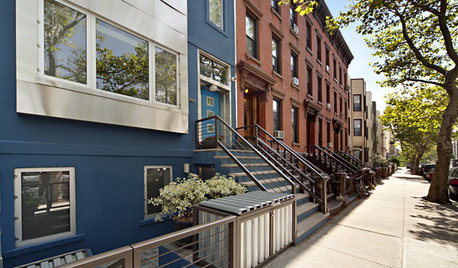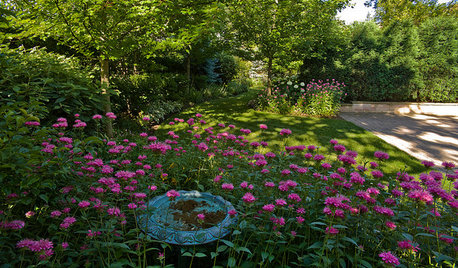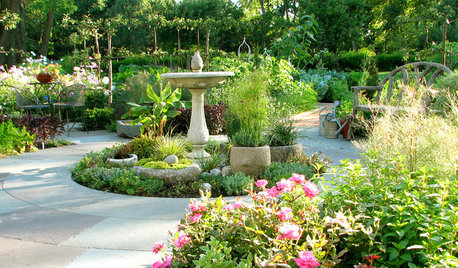Lawn Care Help
uglylawn
16 years ago
Related Stories

GARDENING GUIDES8 Unthirsty Plants Help You Save Water in Style
Spend less effort and money on your landscape with drought-tolerant and native plants that liven up your yard
Full Story
WINTER GARDENINGHow to Help Your Trees Weather a Storm
Seeing trees safely through winter storms means choosing the right species, siting them carefully and paying attention during the tempests
Full Story
LANDSCAPE DESIGN7 Low-Maintenance Lawn Alternatives
Turf isn't the only ground cover in town. Get a lush no-grass lawn with clover, moss and other easy-care plants
Full Story
COMMUNITYWant a Cleaner, Safer Neighborhood? Show You Care
Our behavior strongly influences others, says a new study. Show neighbors you care about your street and watch them follow suit
Full Story
GARDENING GUIDESTree Care: Common Tree Diseases and What to Do About Them
Learn to recognize trees that may be affected by diseases or pests so you can quickly take action
Full Story
GARDENING GUIDESHow to Keep Your Trees Healthy
Ensure your trees’ vigor for years to come with these tips for protecting roots, watering effectively and more
Full Story
LANDSCAPE DESIGNExuberant Self-Seeders for Gorgeous, Easy-Care Gardens
Keep weeds down, color high and maintenance low with beautful plants that sow themselves
Full Story
LANDSCAPE DESIGNHow to Help Your Home Fit Into the Landscape
Use color, texture and shape to create a smooth transition from home to garden
Full Story
GARDENING GUIDESAfter-Summer Care for a Fabulous Fall Garden
Cleaning out stragglers and taking time to assess will keep your garden thriving all through autumn
Full Story
EARTH DAYThe Case for Losing the Traditional Lawn
Work less, help the environment and foster connections by just saying no to typical turf
Full Story






bpgreen
bestlawn
Related Professionals
Arlington Landscape Architects & Landscape Designers · Forest Acres Landscape Architects & Landscape Designers · Stamford Landscape Contractors · Barrington Landscape Contractors · Beverly Hills Landscape Contractors · Bridgeport Landscape Contractors · Fort Worth Landscape Contractors · New Berlin Landscape Contractors · Seymour Landscape Contractors · Webster Groves Landscape Contractors · 07920 Landscape Contractors · Irvington Landscape Contractors · Citrus Heights Swimming Pool Builders · Golden Glades Swimming Pool Builders · Sunny Isles Beach Swimming Pool Buildersbpgreen
uglylawnOriginal Author
bpgreen
uglylawnOriginal Author
bpgreen
uglylawnOriginal Author
bpgreen
bpgreen
uglylawnOriginal Author
bpgreen
uglylawnOriginal Author